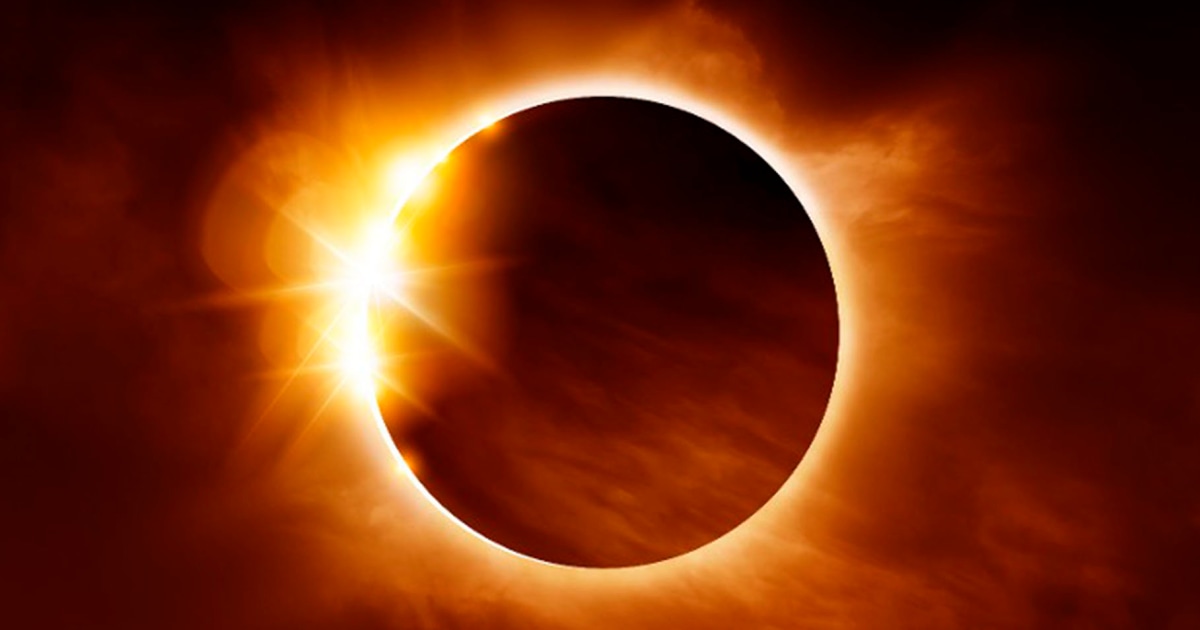Image of Uranus taken by NASA's Chandra Space Telescope.NASA
The scientific community is clear: the largest space exploration mission of this decade must begin now;
and their destination cannot be other than Uranus, the strangest and most unknown planet in the solar system.
Most of what we know about this world four times the size of Earth comes from photos taken by the
Voyager 2 spacecraft,
which passed the planet on its way to the fringes of the solar system, more than 30 years ago.
The images revealed an intense blue world that rotates on itself opposite to the rest of the planets - as if it were a ball rolling on the ground instead of on itself - and where a year lasts 84 Earth years.
Winter on Uranus is 21 Earth years of darkness at and about 220 degrees below zero.
For a few hours,
Voyager
he was able to observe some of the 27 moons and discovered some of the 13 almost vertical rings that surround the planet.
On Ariel's surface were fresh scars that suggested that beneath the ice is an ocean of liquid water where life could exist.
A large panel of scientists assembled by the National Academy of Sciences of the United States has met to set the scientific priorities for this decade and has concluded that the next great mission that the United States space agency must approve in 2024 is to send Uranus a probe that penetrates its unknown atmosphere and another ship that orbits it for at least five years (terrestrial, of course).
No other robotic mission, they argue, will be able to generate more scientific knowledge.
The budget could exceed 2,000 million euros.
probe duo
Kathleen Mandt, from the Johns Hopkins Applied Physics Laboratory, explains today in an article in
Science
magazine that this mission "will be able to clarify the origin and evolution of the solar system, as well as explain the phenomena that occur only on the mysterious Uranus."
The probe duo could tell us how the seventh planet formed, when it migrated to its current position, and why it spins the way it does.
It is possible that about 4,000 million years ago the planet collided with another world the size of Earth.
The cataclysm literally turned it inside out, but failed to disintegrate it;
and that would explain their current rotation.
Uranus may seem like a strange planet, but the truth is that the strange thing is Earth.
The vast majority of the 5,000 planets beyond the solar system that have been discovered to date are "super-Earths" the size of Uranus and Neptune.
Understanding them means understanding a good part of the universe.
Surface of Ariel, one of the moons of Uranus, photographed by 'Voyager 2'.NASA
4.5 billion years ago, the giant planets formed from gas and rocks in the planetary nebula surrounding the Sun. The gas giants, Jupiter and Saturn, formed mostly from the lighter elements, hydrogen and helium.
The ice giants Uranus and Neptune also hosted heavier compounds such as oxygen, carbon, nitrogen, and sulfur.
All the giants migrated from the center to their current position.
The rocky planets—Mercury, Venus, Earth, and Mars—were formed from the leftovers left behind by the giants.
Knowing the abundance of chemical elements in Uranus's atmosphere is essential to knowing how it all happened over a period of billions of years;
In recent years, neither Jupiter nor Saturn has been found to harbor solid interiors with a defined boundary.
They are rather diffuse and mix with the gaseous atmosphere outside, Mandt explains.
The future atmospheric probe and the Uranus orbiter will be able to determine whether or not there is a hard heart of rock and ice inside.
The mission will also be key to mapping Ariel, Miranda, Titania, Oberon and Umbriel, the planet's five main moons, which could be ocean worlds with large amounts of liquid water.
Another of the planet's mysteries is why nine of its very thin rings have not disintegrated.
The possible answer is that there are as yet undiscovered shepherd moons whose gravity holds the herd of rock and ice together.
Fifteen years to come
With current technology, it would take a space probe 12 to 15 years to cover about 3 billion kilometers to reach Uranus;
as long as it can use Jupiter's gravitational pull.
This constricts the launch possibilities.
If humanity wants to reach this planet before 2050, when the autumnal equinox in the northern hemisphere can make full visibility of its moons difficult, we must get down to work now.
Ideally, NASA approves the mission in 2024 and it launches in 2032, Mandt argues.
That leaves just enough time to design such an ambitious project.
Fabio Favata, coordinator of scientific programs at the European Space Agency, explains to this newspaper that Europe's collaboration will be essential for this mission.
The European agency has been studying possible trips to Uranus for years and has mastered key technologies to use there, such as magnetometers that can study the planet's magnetic field and reveal its interior.
“One of the big challenges is that on Uranus we can't use solar panels because it's too far from the Sun. New nuclear fuel reactors will probably have to be developed,” he explains.
According to the astrophysicist, "NASA still has many different options on the table."
“A decision must be made no later than 2024 to be able to launch at the latest in the middle of the next decade,” he urges.
Beyond, perhaps for the next big mission in two decades, lies Neptune, the other icy giant that is a world just as unknown.
Pluto, on the other hand, which is even further away, but is no longer a planet, is much better known thanks to the visit of the
New Horizons
probe .
You can follow MATERIA on
,
and
, or sign up here to receive
our weekly newsletter
.







/cloudfront-eu-central-1.images.arcpublishing.com/prisa/NHAGPMQH45FWPHD273W2SBSACU.jpg)

